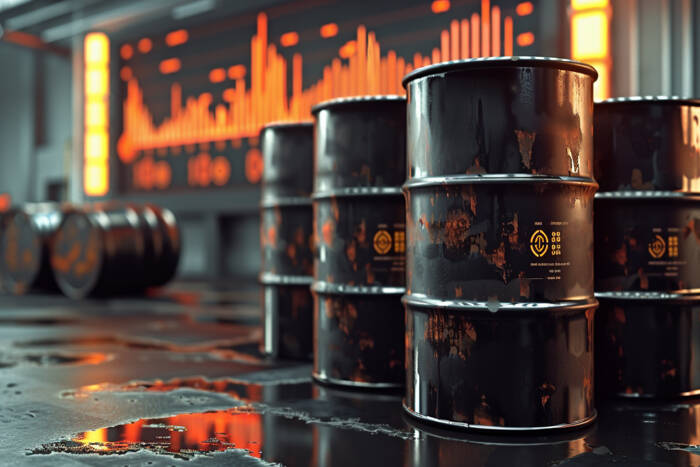Short covering intensified the move. Hedge funds had built record short positions betting on continued weakness from Chinese demand concerns. Those positions are now deeply underwater, forcing panic buying that could extend gains into next week.
Iran’s 3.3 Million Barrels at Risk – What Traders Need to Know
Iran pumps approximately 3.3 million barrels per day, representing 3% of global supply. More critically, the regime exports 1.6 million barrels daily through the vulnerable Kharg Island terminal. That’s 90% of their crude exports flowing through a single chokepoint.
Chinese refiners take nearly all of Iran’s exports. Beijing’s teapot refineries depend on discounted Iranian crude to maintain margins. Any disruption forces them into spot markets, competing with other Asian buyers for alternative supplies.
The geography matters here. Kharg Island sits exposed in the Persian Gulf, within range of Israeli missiles. Unlike Iran’s buried nuclear facilities, oil infrastructure can’t hide underground. Storage tanks, loading terminals, and offshore platforms present soft targets.
OPEC+ Spare Capacity Could Cap the Rally – But There’s a Catch
Saudi Arabia holds the key to preventing a sustained price spike. The Kingdom maintains 3.1 million barrels per day of spare capacity, theoretically enough to replace Iranian exports twice over. UAE adds another 1.1 million barrels of backup production.
Here’s the problem: turning valves takes time. Saudi Aramco needs 30-60 days to ramp up mothballed production. Pipeline constraints and shipping logistics add complexity. Markets hate uncertainty, and that lag time creates a risk premium.

